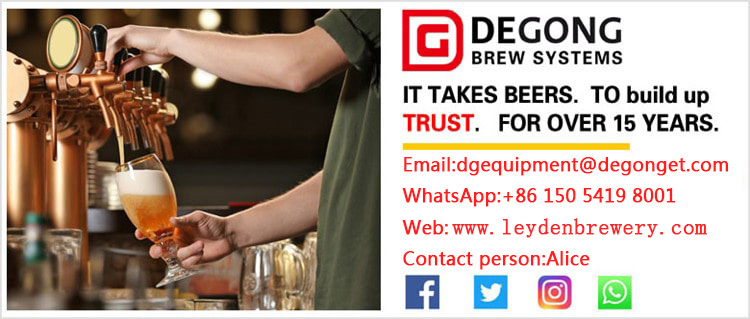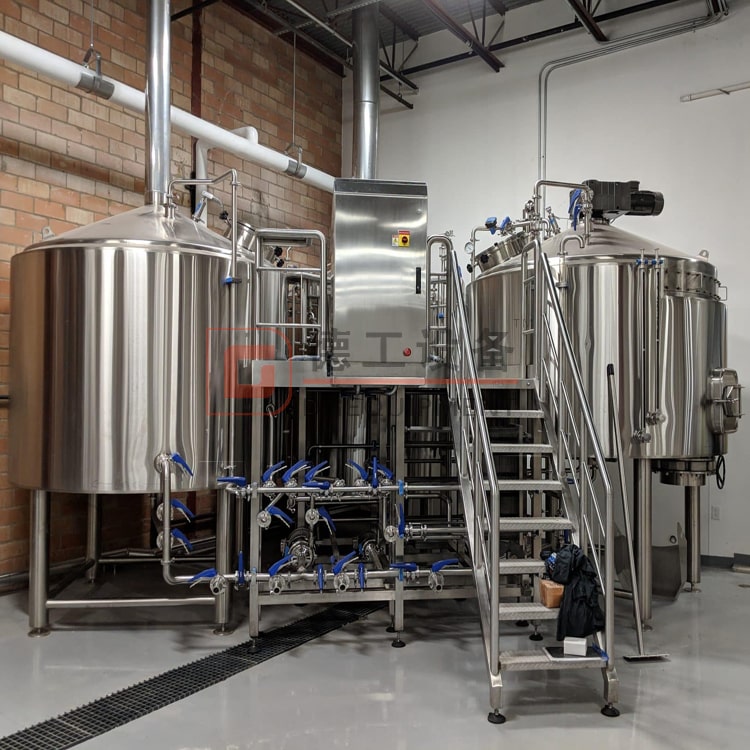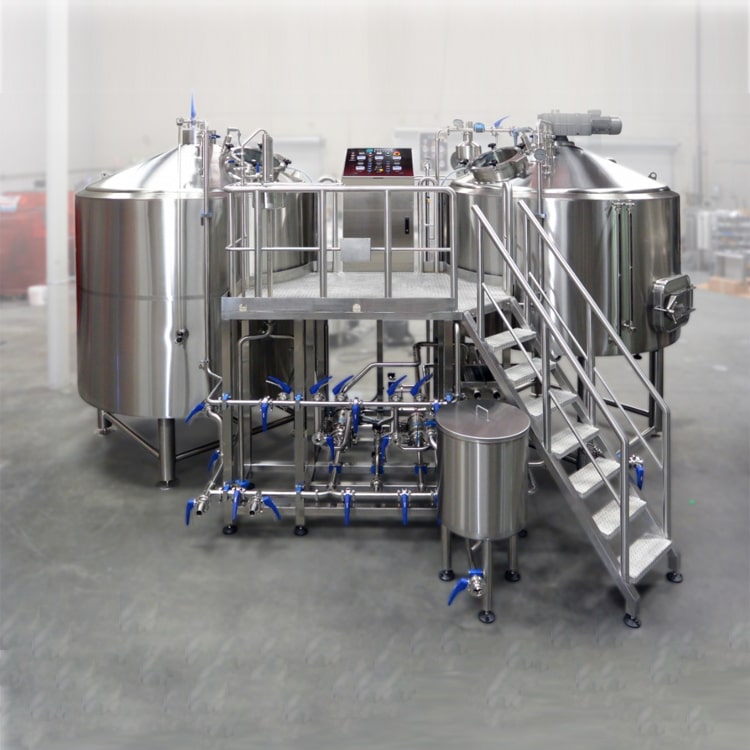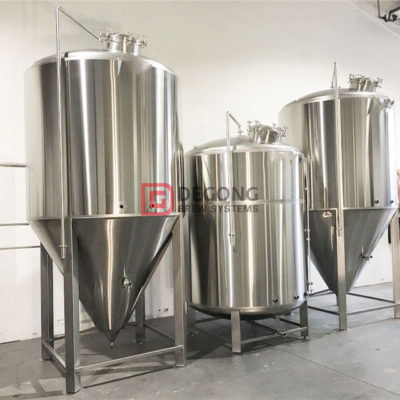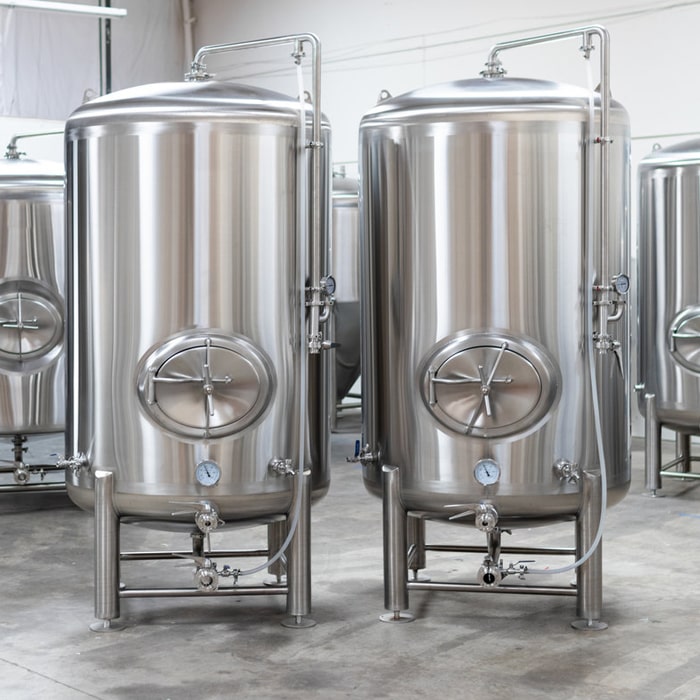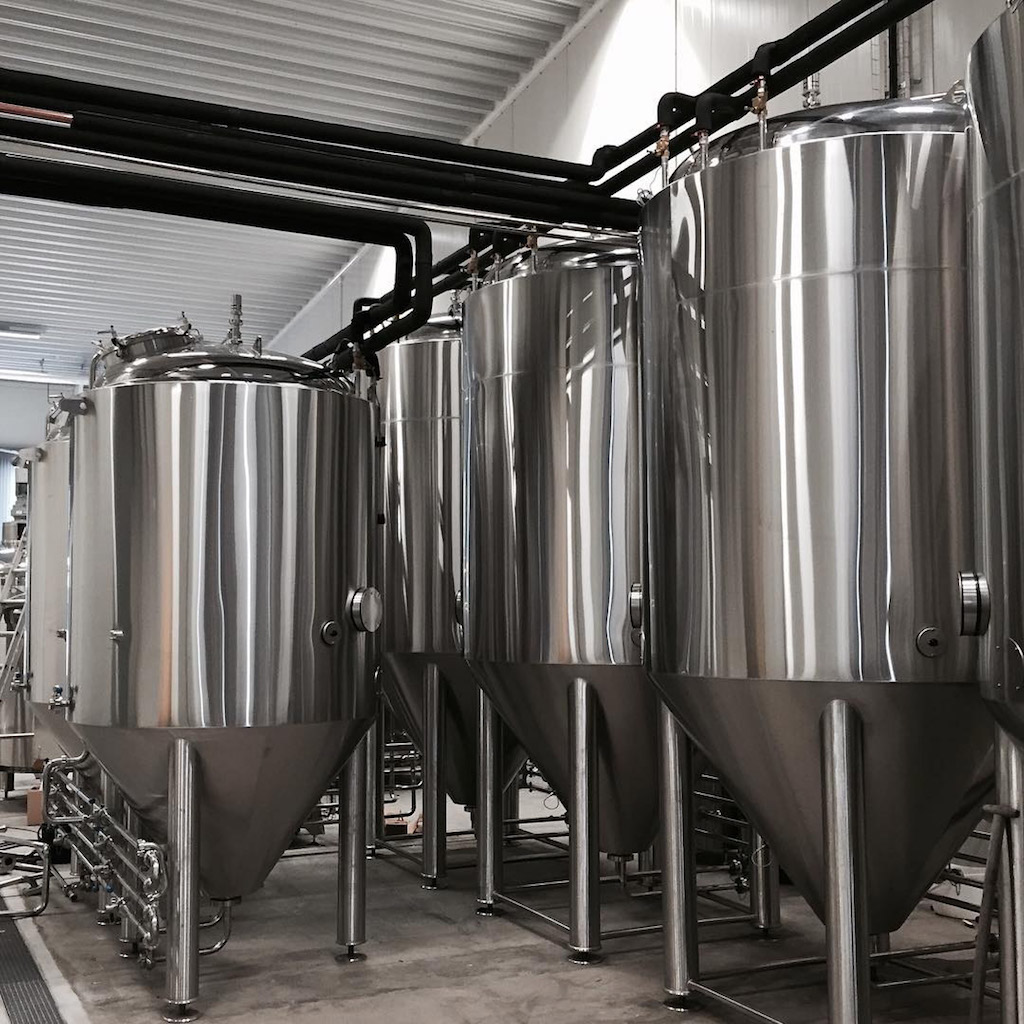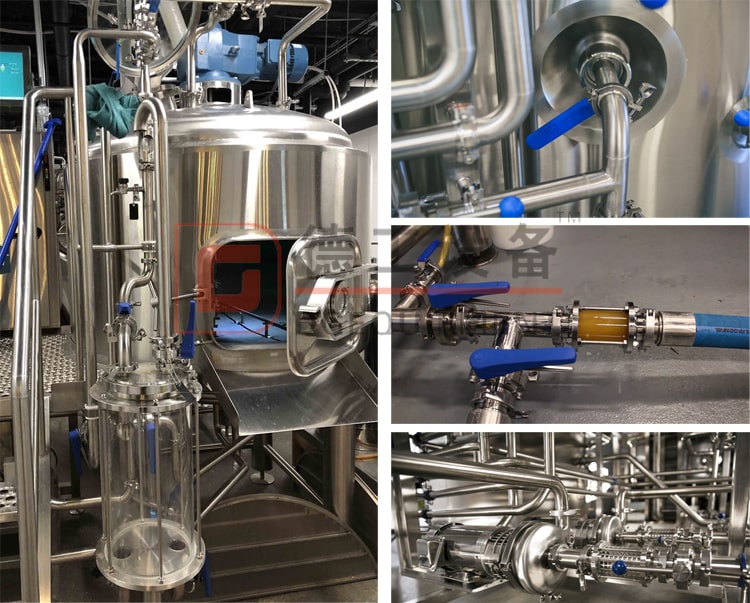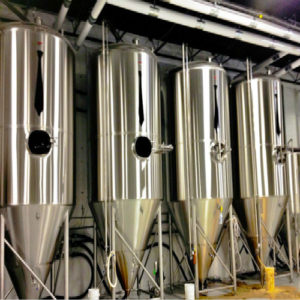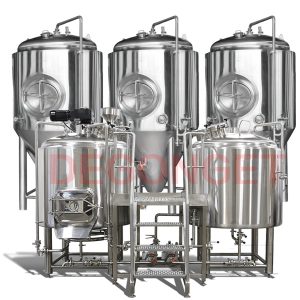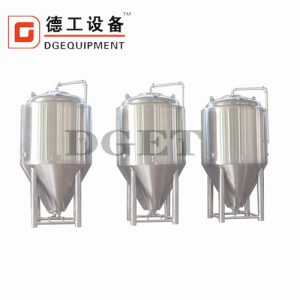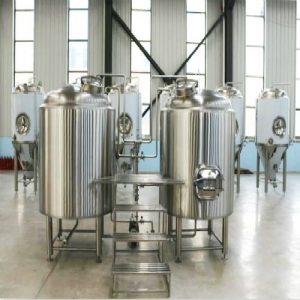Description
Beer brewing facility can vary enormously in size, from the smallest microbrewery to the largest multinational brewing corporation. The diversity of processes is likewise diverse, being largely dependent on the type of beer and the degree of automation.
Despite the great difference in size, however, much of the brewing process remains essentially changeless, as it’s relatively simple biochemical processes.
- A microbrewery, or craft brewery, is typically owned independently and much smaller than the corporate breweries that produce most of the beer appearing in bars and retail shelves.
- A larger beer brewing facility may use a five-vessel brewhouse, in which each of these components is a separate vessel.
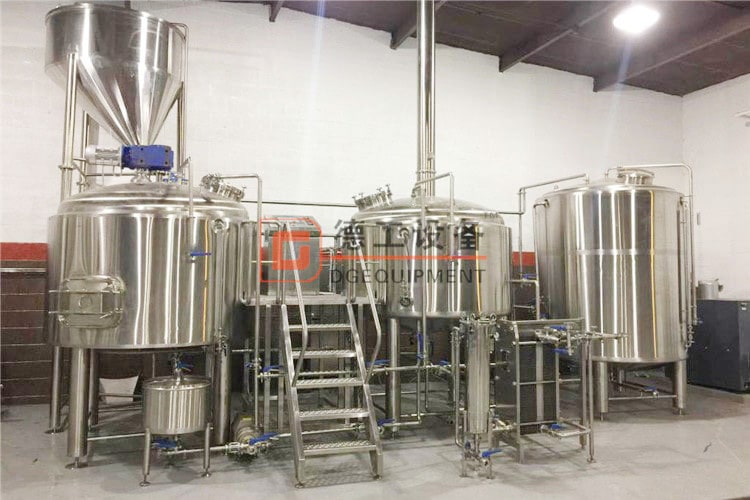
Brewhouse introduction
“Mash/lauter tank+boiling/whirlpool tank” is a normal configuration for beer brewing system below 2000L.The mash/lauter tank is for mashing the malt and other grains and extract the liquid wort. The boiling/whirlpool tank is for adding hops and other ingredients to the wort and boil the resulting mixture.
Brewhouse is a collective term for all the components a brewery will need for the initial brewing stage.Brewhouses are comprised of several key pieces of brewing equipment. The whole brewhouse has four function,which is mash,lauter,boiling,whirlpool. In the hand of the brewmaster, convert grain that has been milled through a specialty grain mill, into sweet liquid called “wort”.
Specifications:
SUS 304/SUS316/Copper clad
Mash/lauter tank+boiling/whirlpool tank+hot water tank(Optional)
Plate heat exchanger for cooling wort
Wort oxygen system
Hops filter
VFD controlled raker,agitator and wort pump
Assembly sanitary rotary spray balls for cleaning
False bottom for lauter tank with 0.7gap
Stainless steel brewhouse work platform & stairs,piping & valves
Wort grant(Optional)
Flow meter(Optional)
Hops gun(Optional)
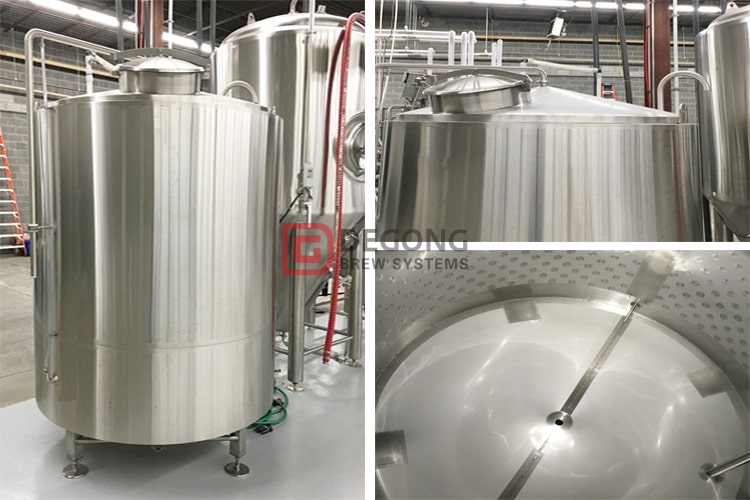
Fermentation Tanks of beer brewing facility
Fermentation is the next step in the brewing process after the wort has been prepared.Fermentation tanks hold the wort while yeast converts to sugar in the wort into alcohol and carbon dioxide. These tanks should have a cone-shape bottom, which facilities the process of recovering the yeast for later use.
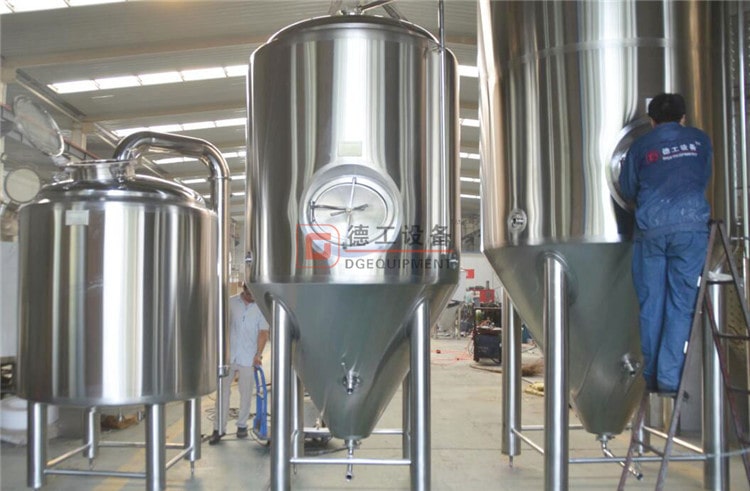
Specifications
100% food-grade 304 and 316 stainless steel
14.7 PSI (1 bar) operating pressure
Two-zone glycol jacketing encompasses the 60-degree conical cone and sidewalls
Top manhole (optional side manhole available)
Bright beer tank of beer brewing facility
A brite tank allows the beer to further clarify and carbonate before going into a bottle, can or keg for consumption. Some brewpubs also serve beer directly from a brite tank.Filter beer and pump into another tank (call it secondary fermentation or brite tank) after the fermentation process is largely complete.
More details
Mashing&lautering
Side spent grains door& pipelines
Other Component
- Two roll malt mill
- Glycol chiller – outdoor unit
- PLC Control panel
- Portable sanitary CIP with pump, SS cart & controller
- Keg washing machine&keg filling machine
- Bottling machine
- Canning machine
- Filter
- Pasteuration machine

When estimating the price of your investment, it’s important to consider the cost of brewery equipment for your brewing operation. Fortunately, DEGONG has various types of equipment in which to choose as well as brewery equipment financing options to help you get off the ground and running.From equipment costs to brewhouse size, building expenses and licensing, the cost of running a brewery can range drastically based on your specific operation.
If you want to know more details,welcome to contact me.
